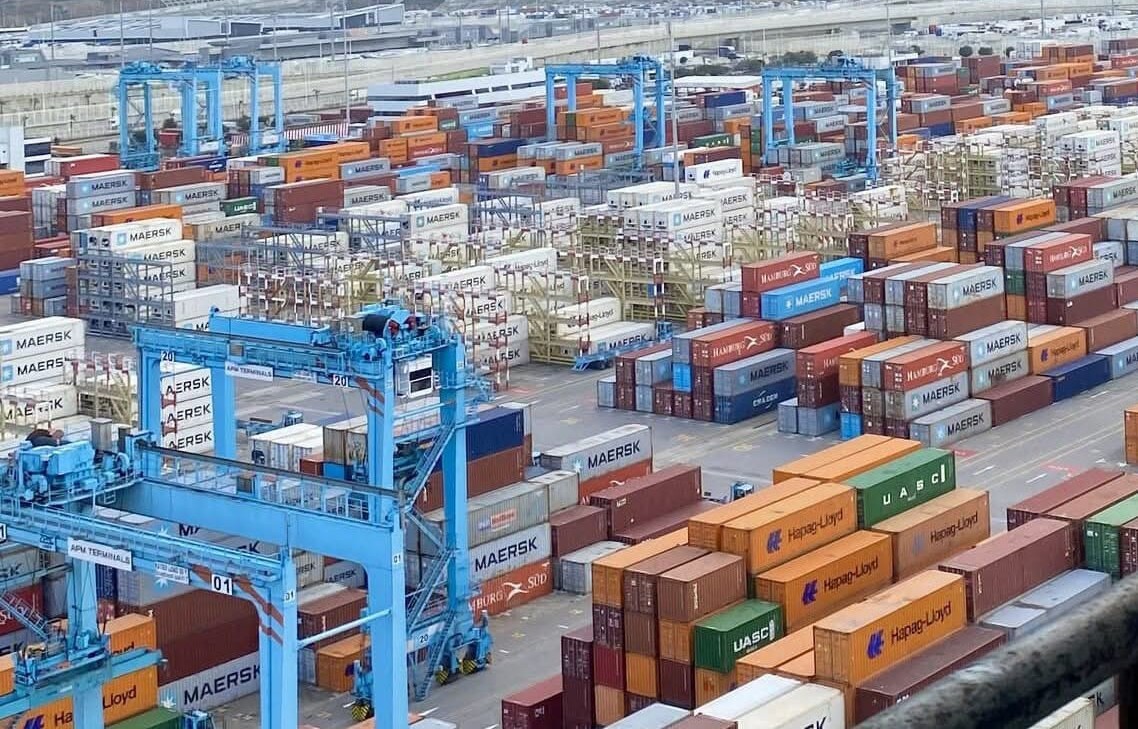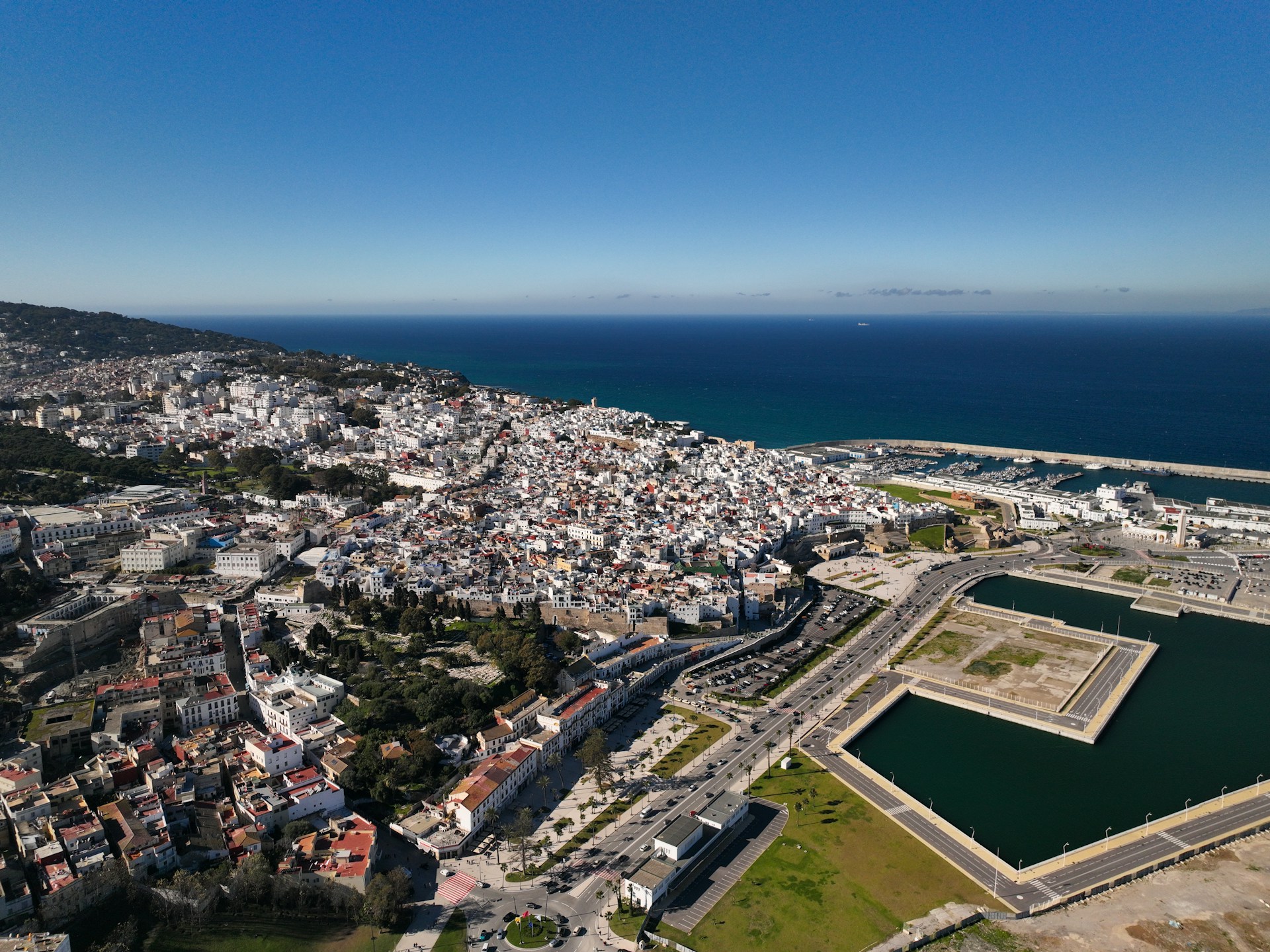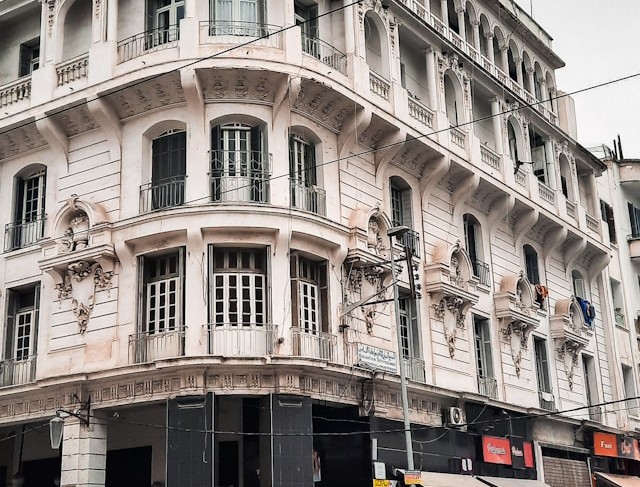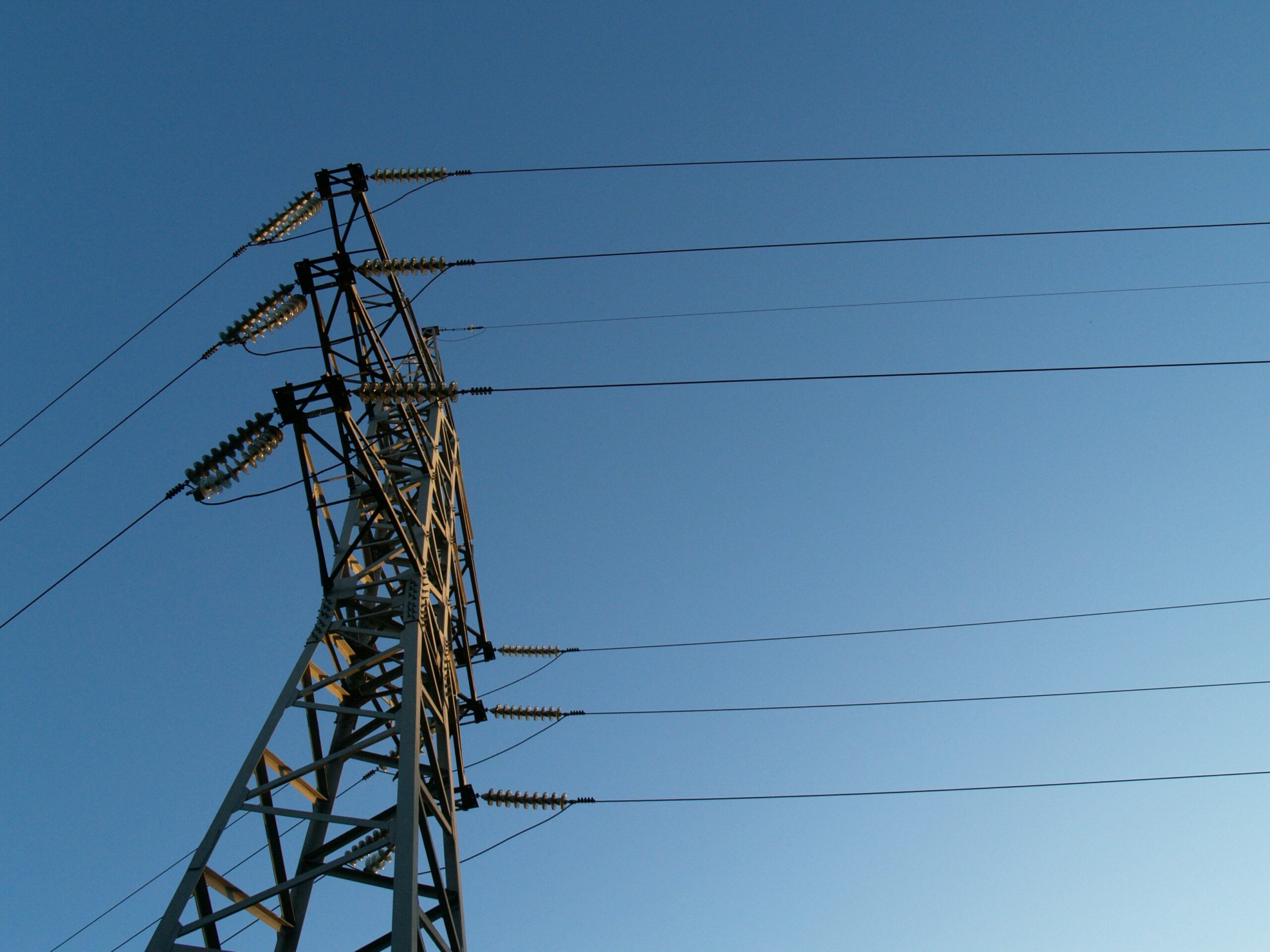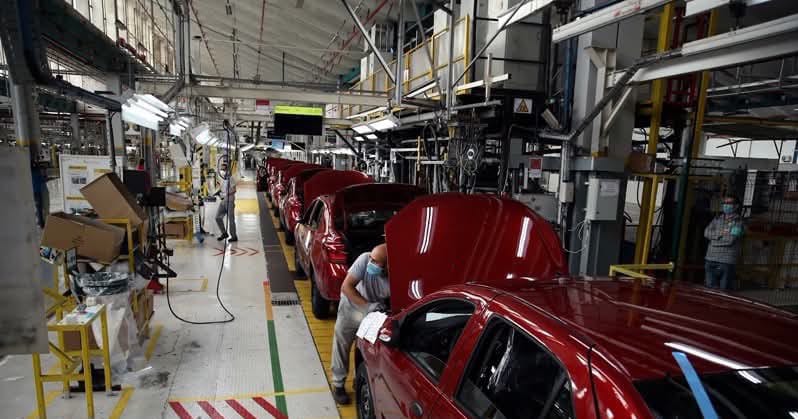Casablanca – Morocco’s labor market continues to show mixed signals, with recent gains in employment clouded by a persistent rise in the overall unemployment rate. The High Commission for Planning (HCP), in its latest report released today, revealed that while national employment has seen growth, challenges remain, especially for youth and rural populations.
According to the HCP, Morocco’s national activity rate inched up from 43.2% to 43.6% between the third quarter of 2023 and the same period in 2024. This increase reflects a continued, albeit slow, expansion of Morocco’s labor force, largely driven by urban gains. Urban areas experienced a rise in activity rate from 41.9% to 42.5%, while rural areas saw a slight dip, with the rate falling from 45.8% to 45.7%.
The overall employment rate also rose, albeit modestly, from 37.4% to 37.6%. In urban areas, the employment rate grew from 34.8% to 35.3%, driven by newly created jobs. However, rural employment declined slightly, dropping from 42.6% to 42.3%. Gender-based trends remained relatively stable, with the employment rate for men holding steady at 60.7%, while the rate for women increased from 14.8% to 15.2%.
Gains in paid employment offset by rural job losses
The HCP report highlights a net increase of 213,000 jobs over the past year. This growth was fueled by the creation of 231,000 positions in urban areas, despite a loss of 17,000 jobs in rural regions. Much of this expansion was concentrated in paid employment, which added 262,000 new positions, while unpaid employment declined by 49,000, reflecting a shift toward more formal work arrangements.
Sector-specific data indicates that the “services” sector led the way, generating 258,000 new jobs as Morocco’s economy becomes increasingly service-oriented. The “construction and public works” sector also showed strength, adding 57,000 positions, followed by “industry, including crafts,” which contributed 23,000 jobs. However, the “agriculture, forestry, and fishing” sector—a major source of rural employment—suffered a significant loss, shedding 124,000 jobs.
Unemployment rises despite job gains
Despite positive job creation, unemployment in Morocco has increased, pointing to a labor market under strain. The total number of unemployed individuals rose by 58,000, bringing the national unemployment count to 1.683 million. This lifted the unemployment rate from 13.5% to 13.6%, with notable disparities between urban and rural areas. In urban areas, the unemployment rate held steady at 17%, but in rural areas, it rose from 7% to 7.4%.
The report draws attention to the highest unemployment rates, which continue to affect Morocco’s youth, women, and educated individuals. Youth aged 15 to 24 face an unemployment rate of 39.5%, reflecting the ongoing struggle of young Moroccans to secure stable employment. Among women, the unemployment rate rose to 20.8%, underscoring the difficulties they face in the labor market, while graduates experienced a rate of 19.8%, further indicating that educational attainment does not guarantee job opportunities.
Regional employment disparities persist
Employment conditions vary significantly across Morocco’s regions, with five regions accounting for more than 72% of the working-age population. The Casablanca-Settat region leads with 22.3% of active workers, followed by Rabat-Salé-Kénitra (13.7%), Marrakech-Safi (12.9%), Fès-Meknès (11.9%), and Tanger-Tétouan-Al Hoceima (11.6%). However, the HCP report highlights regional disparities in labor force participation. Regions like Tanger-Tétouan-Al Hoceima, Casablanca-Settat, and the southern regions show activity rates above the national average, while Drâa-Tafilalet, Béni Mellal-Khénifra, and the Oriental regions report some of the lowest rates in the country.
Underemployment on the rise
Underemployment, a measure reflecting workers who are employed but do not work as many hours as they would like or are underutilized in their roles, also increased. The number of underemployed individuals grew by 60,000, reaching a total of 1.066 million. The national underemployment rate rose from 9.6% to 10%, with urban areas seeing an increase from 8.1% to 8.8%, while rural underemployment remained steady at 12%.
This rise in underemployment highlights the struggle of many Moroccans to secure adequate work hours and suggests that while employment opportunities may be increasing, they are not necessarily providing sufficient income or job satisfaction.
Looking forward
While Morocco has made strides in job creation, the persistence of high unemployment—especially among youth, women, and the educated—underscores the need for targeted policies to address labor market gaps. The continued growth of the services and construction sectors presents opportunities, but the decline in agricultural employment and high underemployment rates indicate ongoing challenges.
Addressing these issues will be crucial for Morocco to build a more inclusive and resilient labor market that can provide meaningful opportunities for all.

